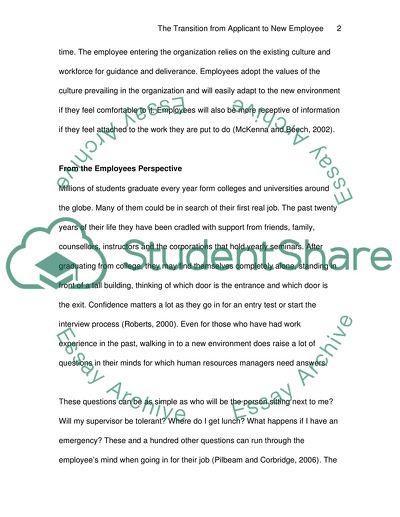Cite this document
(“The Transition from Applicant to New Employee Essay”, n.d.)
The Transition from Applicant to New Employee Essay. Retrieved from https://studentshare.org/social-science/1543522-see-question-and-description-on-the-order-descriptioninstructions-box
The Transition from Applicant to New Employee Essay. Retrieved from https://studentshare.org/social-science/1543522-see-question-and-description-on-the-order-descriptioninstructions-box
(The Transition from Applicant to New Employee Essay)
The Transition from Applicant to New Employee Essay. https://studentshare.org/social-science/1543522-see-question-and-description-on-the-order-descriptioninstructions-box.
The Transition from Applicant to New Employee Essay. https://studentshare.org/social-science/1543522-see-question-and-description-on-the-order-descriptioninstructions-box.
“The Transition from Applicant to New Employee Essay”, n.d. https://studentshare.org/social-science/1543522-see-question-and-description-on-the-order-descriptioninstructions-box.


